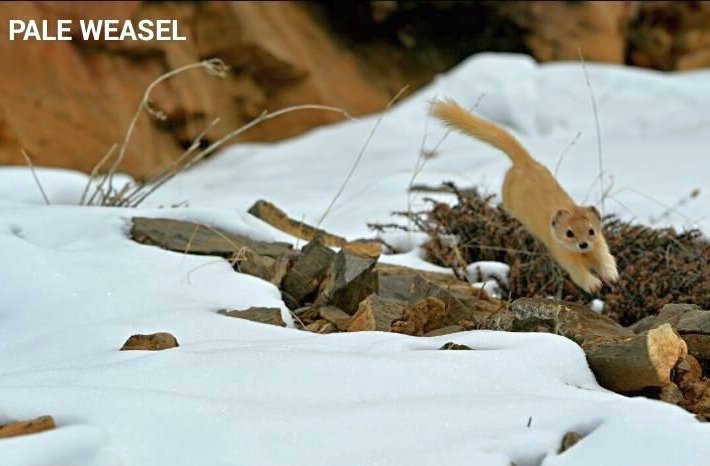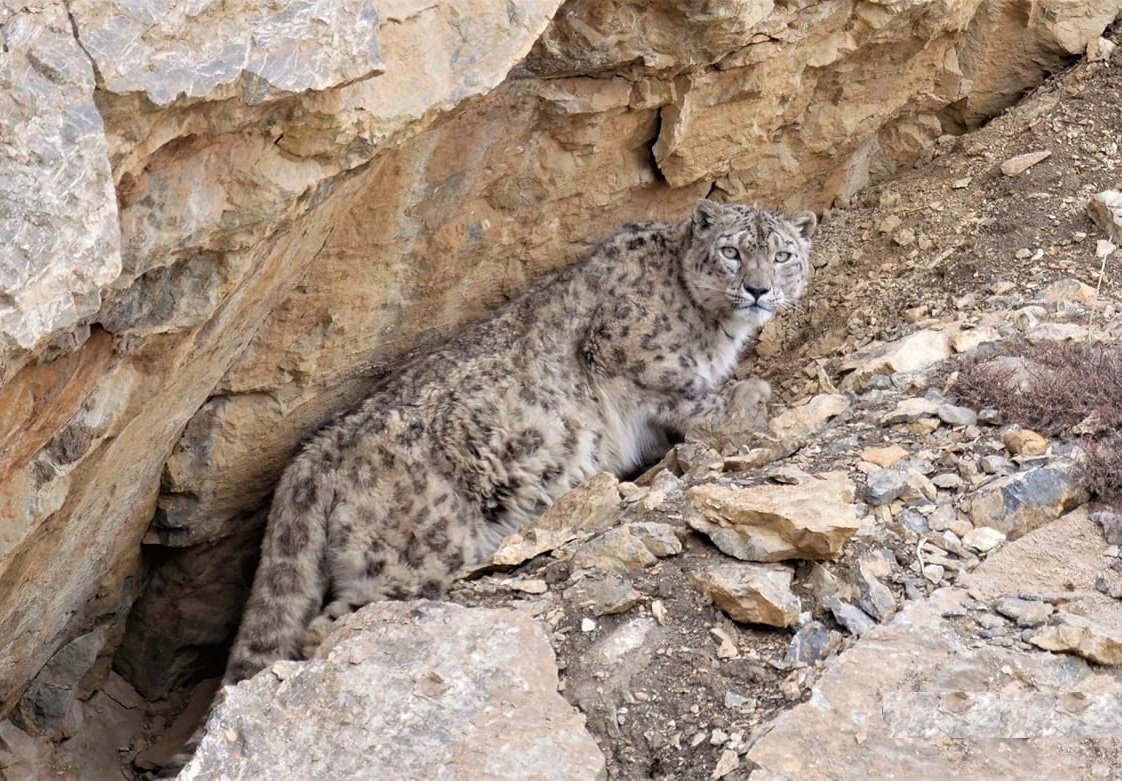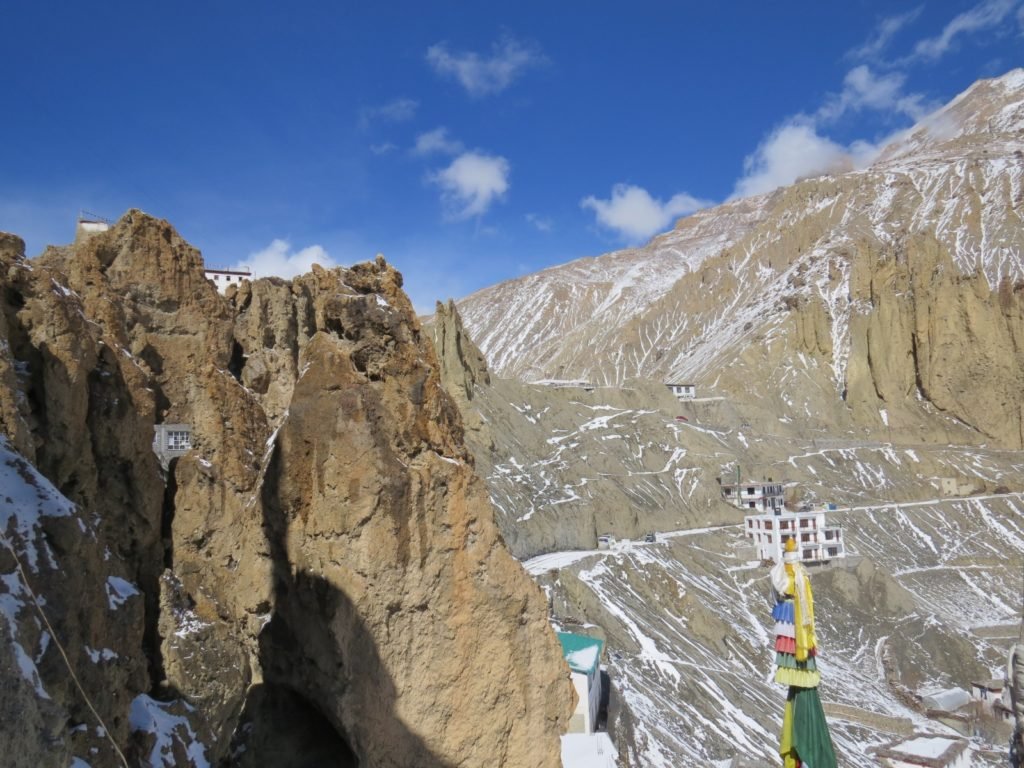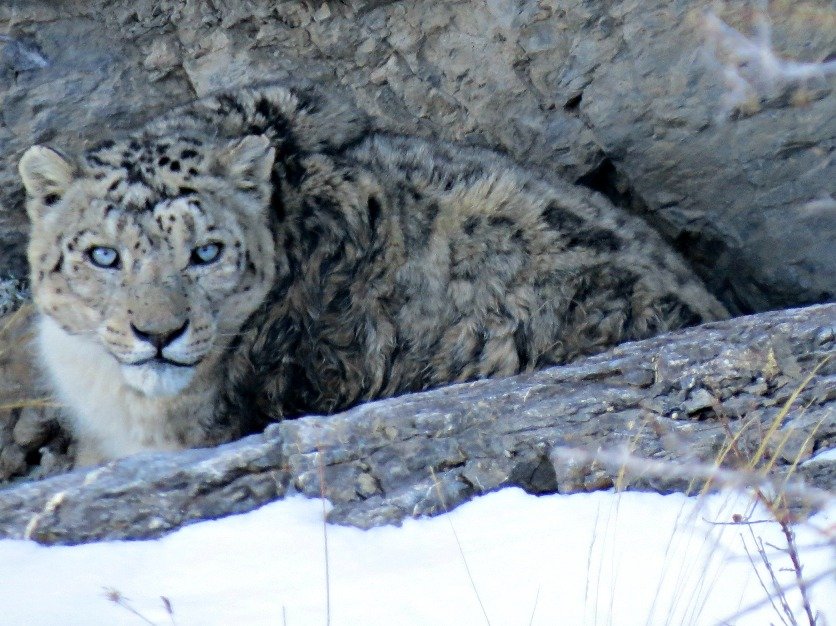
Temso � A High Altitude Sacred Lake in Kinnaur
Temso (also spelled as Tem Tso) is a sacred glacier fed lake located high (4979 meters) above Lippa and Labrang villages of Kinnaur. Each year, on 20 bhado, a flower festival — called Fluiach/Ukhayang/Minthko — is celebrated by the villagers of Lippa, Labarang, Kanam and Ropa valley at the shores of this Lake.
The word “tso” is also used in other languages of the Tibetan cultural sphere, such as Ladakhi and Balti. In Ladakhi, it is pronounced “tso” or “tsho”, while in Balti, it is pronounced “tsho”.
This mystical glacier-fed lake has a profound significance in the local culture and traditions.
Wildlife map of Lahaul & Spiti district of Himachal
Infographic of Snow Leopard Habitat
Population estimate of Snow Leopards in Kibber WLS of Himachal Pradesh
Event Registration
Fields marked with an *are required
.png)





















































